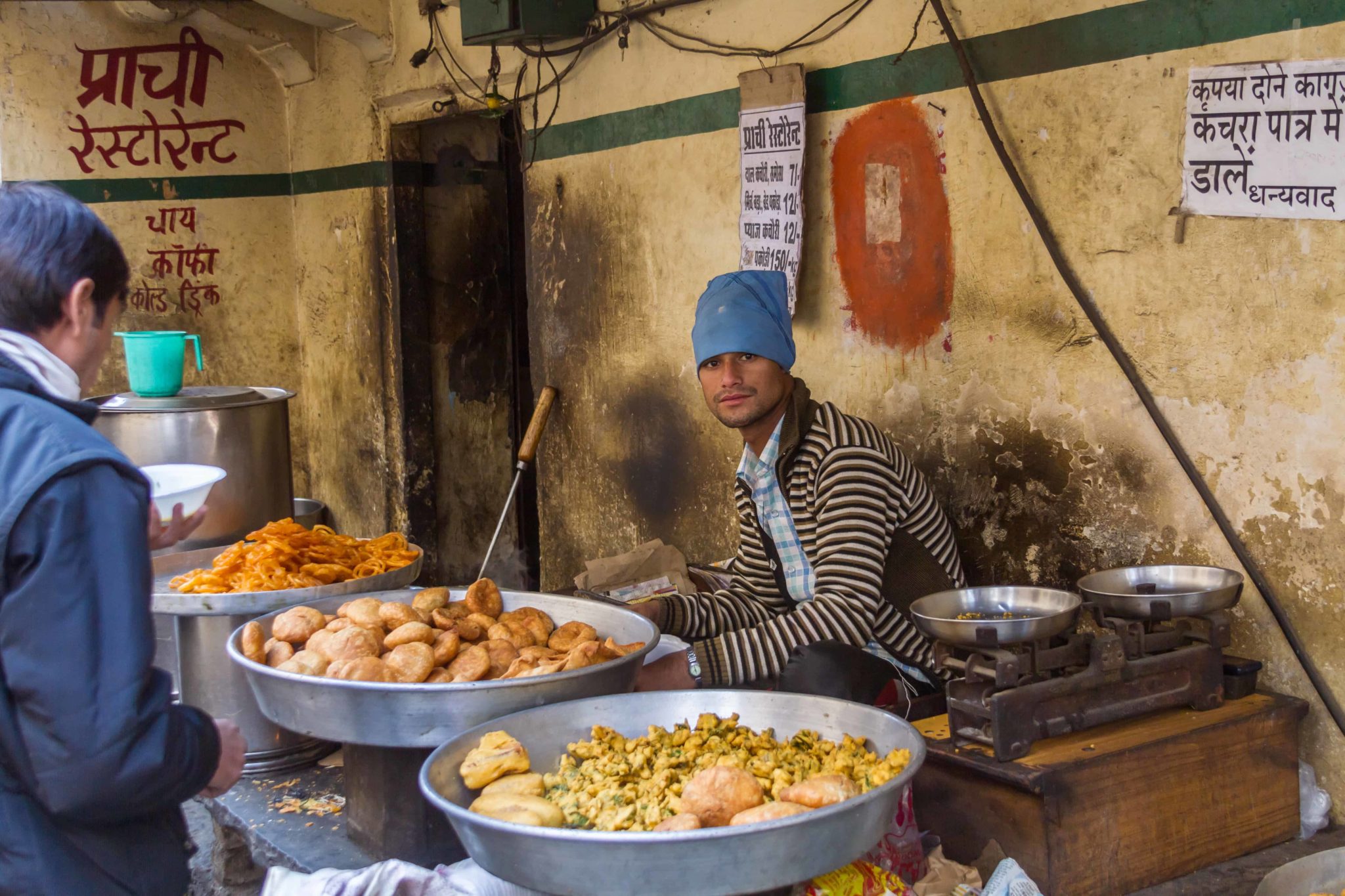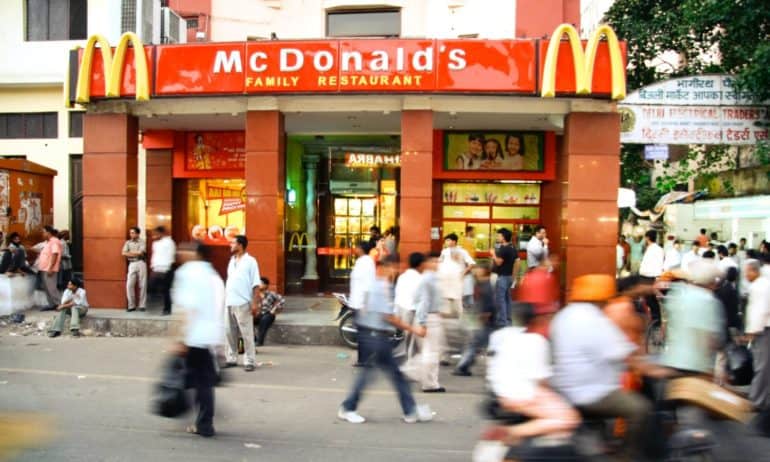Did Westerners import Type-2 diabetes to India along with burgers and fries? Over the past 40 years, the incidence of diabetes in India has increased dramatically. For example, in the early 1970s, roughly 3 percent of the urban population was diabetic. In a 2017 study of 15 states in India, 11.2 percent of Indian adults living in large urban centers were found to have diabetes. The overall prediabetes prevalence was 10.3percent.
The most recent estimates are that nearly 73 million people currently have diabetes in India. More than half of these people with diabetes are undiagnosed. The vast majority of these new cases are of the Type-2 variety (formerly known as adult-onset diabetes).
But why is India’s diabetes epidemic growing so rapidly?
Genetics may play a part in the equation. “Asian Indians have one of the highest incidence rates of prediabetes and diabetes among all major ethnic groups,” says Dr. Seema Gulati, Chief Project Officer of the Diabetes Foundation, based in New Delhi, India. “The conversion from prediabetes to diabetes occurs more rapidly in this population.”
Research scientist Dr. Vasanti Malik from the Harvard T.H. Chan School of Public Health’s Department of Nutrition confirms that Indians may be more vulnerable to this disease. “Diabetes is increasing at an alarming rate in India in urban and rural areas,” she says. “And part of the reason is that South Asians tend to develop diabetes at a younger age and lower body mass index than Western populations.”
In a country where 47.9 percent of the population is under the age of 21, experts expect diabetes prevalence to increase exponentially in the coming decades as the population ages.
According to the diabetologist Dr. V. Mohan, who has opened Dr. Mohan’s Diabetes Specialities Centre branches across India, the primary drivers of the public health crisis are clear. “Undoubtedly, the two important risk factors which have influenced the  growing incidence and prevalence of diabetes and prediabetes in India,” says Dr. Mohan, “are change in food habits and decrease in physical activity.”
growing incidence and prevalence of diabetes and prediabetes in India,” says Dr. Mohan, “are change in food habits and decrease in physical activity.”
Over the past two generations, middle and upper-class Indians have swapped a primarily cereal-based traditional diet for highly processed foods. As the consumption of unhealthy foods has increased, so too have obesity and rates of non-communicable diseases such as heart disease and diabetes.
When compared with the dietary habits of their grandparents, Indians today eat more salt, refined carbohydrates (such as polished white rice), fat, and sugar. Many also regularly consume sugary, high-calorie drinks. This new eating pattern is deficient in fiber, a critical dietary component for preventing or managing diabetes.
Fast food is an increasingly appealing option for busy professionals. As Dr. Gulati says, “with fast pace of life and little time to cook, people are opting for fast foods which are high in refined carbohydrates, fats, and sugar.”
The fast-food sector is rapidly growing to meet consumer demand. Domino’s Pizza, the market leader (owned by Jubilant Foodworks Ltd) opened 103 new locations in India in the past year. Additionally, Yum! Foods announced plans to open 700 Pizza Hut restaurants by 2022. In November 2017, the company (which also owns Taco Bell and KFC) announced earnings growth for the fifth quarter in a row.
“There is a clear connection between intake of fast food and risk of becoming overweight and developing diabetes,” says Dr. Malik.
India is not the only eastern country negatively impacted by the influx of available fast foods. A University of Minnesota study of Chinese Singaporeans found that the consumption of Western-style fast food two times or more per week was associated with a 27 percent increase in the risk of developing Type-2 diabetes.
But pizza, chicken nuggets, and shakes are not solely to blame. “When we talk of fast foods, it is not just the Western fast-food outlets which are responsible for the obesity and diabetes,” Dr. Mohan explains. “Our own Indian fast foods are also very high in calorie and carbohydrate content.”
Dr. Gulati says that educating the public about the importance of proper nutrition and regular physical activity is critical to preventing and managing diabetes. He argues that targeting mothers for health education interventions can be useful since moms often make dietary choices for their families.
According to Dr. Mohan, encouraging physical activity and providing safe outdoor spaces for the public is another piece of the puzzle. “This can only come by making people more aware of need for exercise and also making the facilities available. More parks, walkways, sidewalks on roads, etcetera,” he says.
Some argue that protecting children from the harmful effects of fast food is the highest priority. In 2016, researchers in the International Journal of Home Science called for greater government restrictions over the marketing of junk food to children.
Dr. Gulati says that, “greater emphasis should be placed on teaching about diet and physical exercise in school curriculum.” She also called for more physical activities in schools and banning of junk food and sugary beverages in the areas around schools.
Dr. Malik suggested a similar strategy: “[the government] could implement zoning laws, which could limit the proximity of fast-food outlets to places, such as schools, where younger groups would be more likely to be.”
But even with these countermeasures, as the population ages, the prevalence is expected to rise. The International Diabetes Federation projects that the number of diabetics in India will jump up to 134.3 million by 2045. At this rate, India will overtake China once again as the diabetes capital of the world.
“This is not something we should be proud of,” says Dr. Mohan. “I wish India was the sports capital of the world or the intellectual capital of the world or the spiritual capital of the world, instead of being the diabetes capital of the world.”











